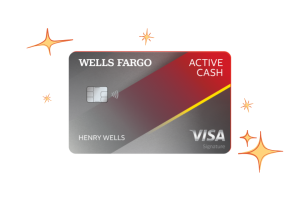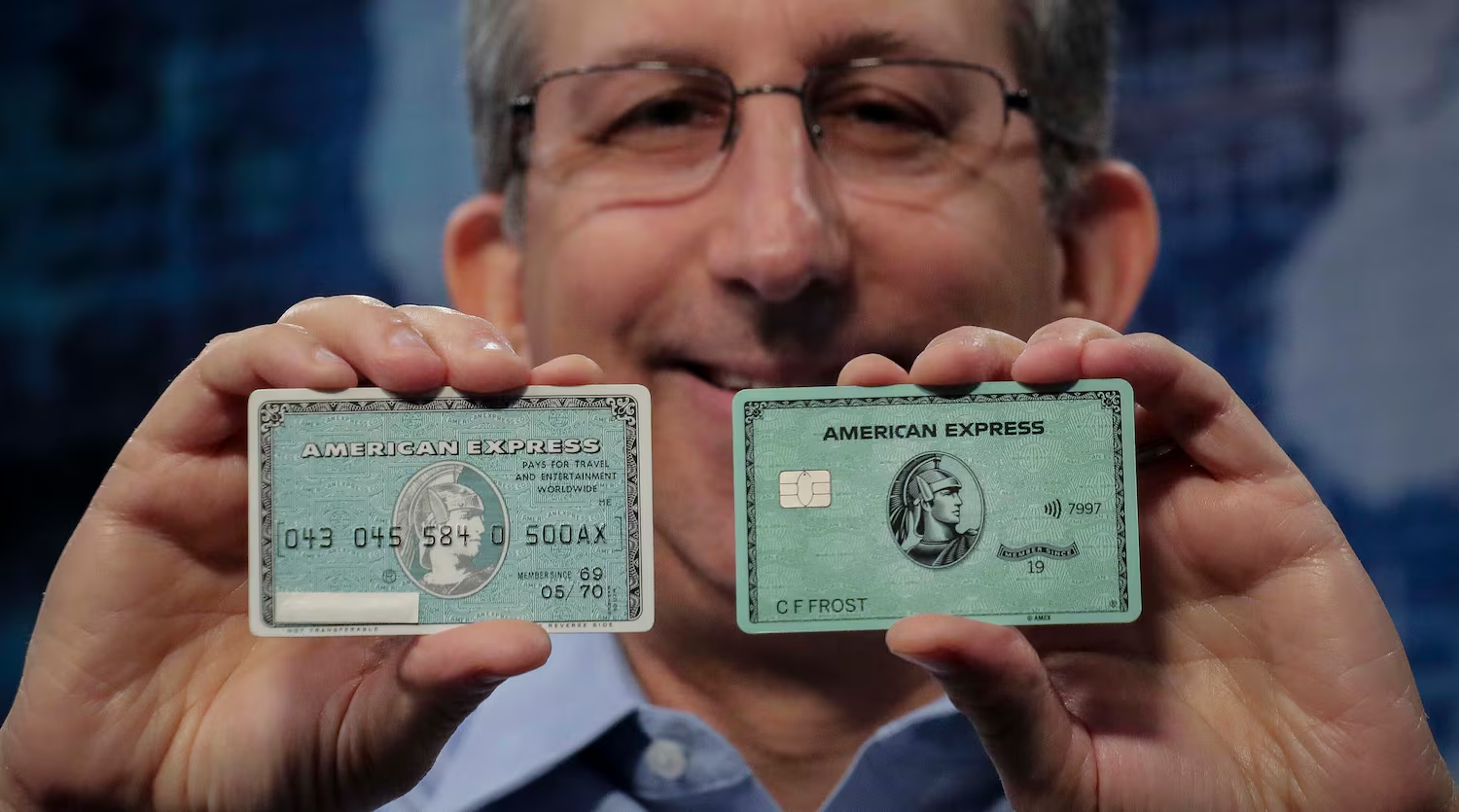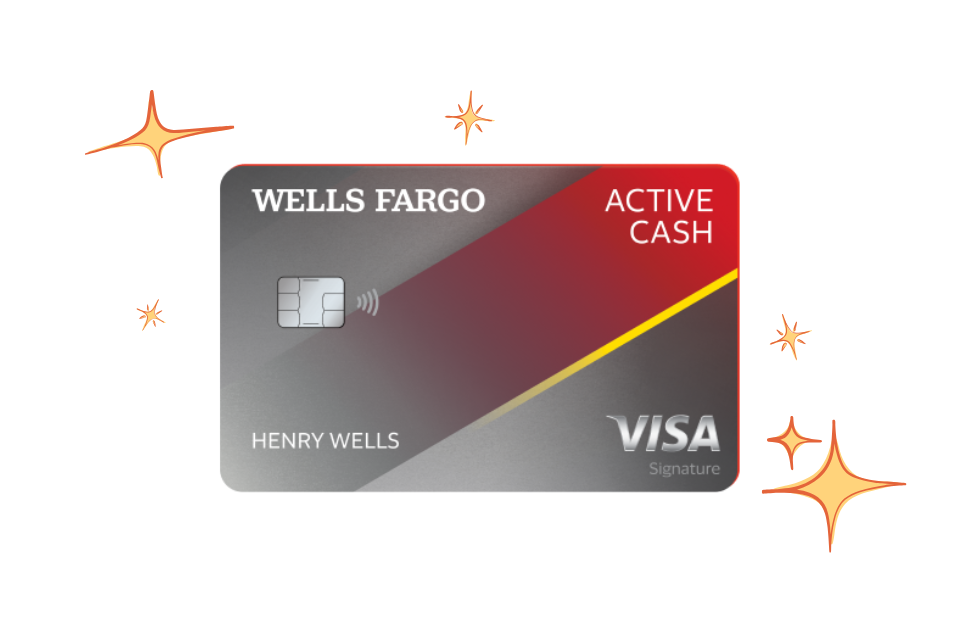Okay, let’s talk about that line item that sometimes pops up on a credit card – the annual fee. For many folks just starting out or sticking to simple cashback, the idea of paying a credit card company just to have their card seems… well, a bit backward. After all, aren’t they supposed to pay us with rewards? But then you see those premium cards with eye-watering annual fees promising things like luxury lounge access, huge travel credits, elite status, and earning rates that make your head spin. It begs the question: are these annual fees just a way for banks to grab more of your cash, or can they actually be a smart financial move if you play your cards right?
Navigating the world of credit cards in the US means understanding that not all plastic is created equal, and sometimes, accessing the really juicy benefits comes at a price. But how do you figure out if that price is worth paying? It’s all about doing the math based on your own spending habits and lifestyle.
What Exactly IS an Annual Fee?
Pretty straightforwardly, an annual fee is a charge from the credit card issuer that you pay once a year, simply for the privilege of being a cardholder. It’s separate from interest charges or late fees. Some cards have no annual fee at all, some have modest ones (like $50 or $95), and others, particularly travel or premium rewards cards, can charge hundreds, sometimes even pushing past $500 or $600 a year!
This fee is usually billed automatically around your account anniversary date. You typically have to pay it to keep the account open and continue accessing the card’s features and benefits.
Why Do Cards Charge Annual Fees?
Card issuers aren’t just being greedy (though some might argue that!). Annual fees are how banks offset the cost of offering those high-value rewards programs, premium perks, and enhanced customer service that come with their more exclusive cards. Cashback adds up, airline miles cost the bank money, lounge access isn’t free for them, and dedicated concierge services require staff. The annual fee helps fund these richer benefits that wouldn’t be sustainable on interest charges and transaction fees alone, especially if cardholders pay in full every month (which is the ideal scenario!).
Is Paying an Annual Fee EVER Worth It?
Absolutely! For the right person, with the right card, that annual fee can be worth far more than it costs. It all hinges on whether you actually use the benefits the card offers and whether the value of those benefits, plus the rewards you earn, exceeds the fee.
Think of it like a club membership. You pay a fee to join the gym because the value you get (access to equipment, classes, etc.) is worth more to you than the membership cost. A premium credit card annual fee works similarly.
Calculating the “Break-Even Point”
The key to deciding if an annual fee is worth it is to calculate your personal break-even point. This means figuring out how much value you need to get from the card’s rewards and benefits to offset the annual fee.
Here’s a simple way to think about it:
(Value of Rewards Earned Annually) + (Value of Benefits Used Annually) > (Annual Fee Amount)
If that equation is true for you, then the card’s annual fee could be worth it.
Let’s Look at Common High-Value Perks:
Premium cards often pack a punch with benefits designed to justify the fee. Do any of these sound like something you’d genuinely use?
- Travel Credits: Many high-fee cards offer annual statement credits for travel purchases (e.g., $300 back on travel each year). If you spend that much on travel anyway, this benefit alone can significantly offset or even completely negate the annual fee.
- Airport Lounge Access: Access to networks like Priority Pass or specific airline lounges can be a lifesaver for frequent travelers. The cost of buying lounge passes individually adds up quickly. If you travel often and value a quiet, comfortable airport experience with free food/drinks, this is a big one.
- Free Checked Bags: If you often fly a particular airline that charges for checked bags, a co-branded airline card with an annual fee might offer free bags for you and companions on your reservation. This can save hundreds of dollars a year for frequent flyers.
- Hotel Free Night Certificates: Some hotel co-branded cards offer a free night each year upon renewal. The value of this free night can easily exceed the card’s annual fee, especially if used at a higher-end property.
- Global Entry/TSA PreCheck Credit: These programs speed you through airport security/customs. The application fee (up to $100) is often covered by a statement credit on many travel cards.
- Elite Status: Some cards grant you automatic elite status with airline or hotel partners, offering perks like upgrades, late checkout, or bonus earning.
- Higher Earning Rates: Premium cards often offer accelerated earning rates on specific categories (like travel or dining) or a higher flat rate on all spending compared to no-fee cards.
- Purchase & Travel Protections: Extended warranties, purchase protection against damage/theft, trip cancellation/interruption insurance, car rental insurance – these can offer real value and peace of mind.
When an Annual Fee is Probably NOT Worth It:
Conversely, paying an annual fee makes little sense if:
- You Don’t Use the Perks: If you have a travel card with lounge access but never set foot in a lounge, that’s a wasted benefit you paid for. Be honest about your habits.
- You Can’t Offset the Fee with Benefits/Rewards: If the annual fee is $95 and you only get $50 back in rewards or used benefits, you’re losing $45 a year.
- You Carry a Balance: If you consistently carry a balance and pay interest, the interest charges will almost certainly dwarf any rewards you earn, making the annual fee an extra cost on top of expensive debt. Focus on paying off debt first, likely with a low-APR or no-fee card.
- You Prefer Simplicity: If tracking benefits and optimizing redemptions feels like too much work, a high-fee rewards card will likely be more frustrating than valuable. A simple, no-fee cashback card might be a better fit.
Strategies for Navigating Annual Fees:
- Start with No-Fee Cards: When building credit or if you’re unsure about commitment, no-annual-fee cards are generally the safest bet.
- Do the Math Annually: If you have a card with an annual fee, revisit the calculation every year before the fee is due. Are you still getting enough value? Has your spending or travel changed?
- Leverage Retention Offers: If you’re considering canceling a card because of the annual fee, call the issuer! They might offer you a retention bonus (like statement credits or extra points) to keep you as a customer.
- Consider Downgrading: If a premium card is no longer worth the high fee, ask the issuer if you can downgrade to a version of the card with a lower or no annual fee within the same card family. This often lets you keep your account history (good for your credit utilization and history length) without paying the high fee.
Ultimately, whether an annual fee is “worth it” boils down to a personal cost-benefit analysis. Don’t pay for perks you won’t use. But if you’re a frequent traveler or a high spender who can easily leverage the specific benefits a premium card offers, that annual fee could unlock value far exceeding its cost, turning an apparent expense into a smart financial play. Just be honest about your habits and run the numbers!
















